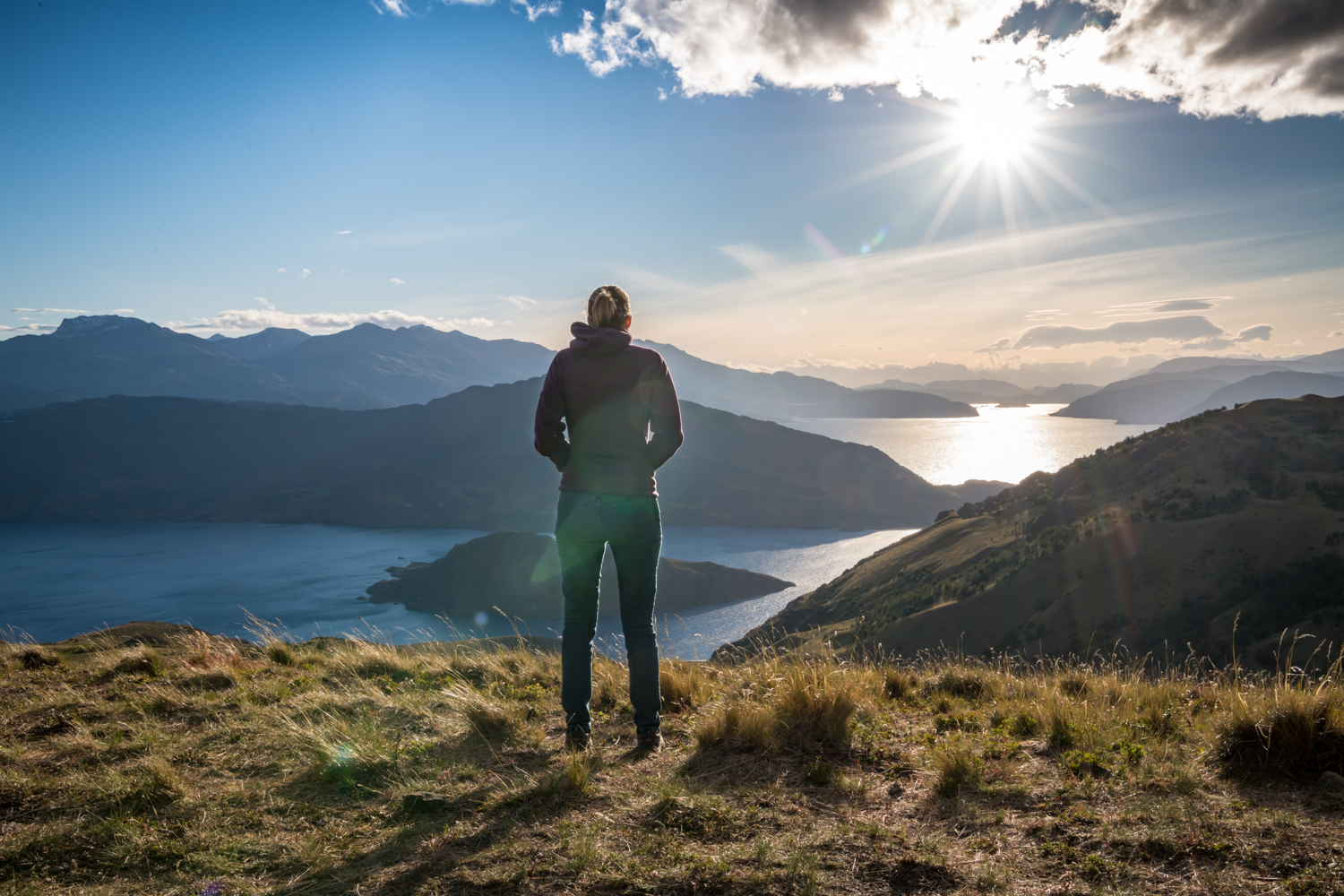On April 25, Tompkins Conservation finalized the donation of over 1 million acres of land to the country of Chile for two national parks. I was lucky enough to see a large swath of this land first-hand early this year.
Doug Tompkins, co-founder of The North Face, and Kristine Tompkins started Tompkins Conservation to protect vast areas of land in Patagonia. Doug Tompkins passed away after a kayaking accident in 2015, but Kristine, the organization’s president, carried on the mission to create “big, secure, wild landscapes where all the native plants and animals thrive. Nearby, human communities flourish, their economic vitality linked to the vibrant good health of the natural world surrounding them.”
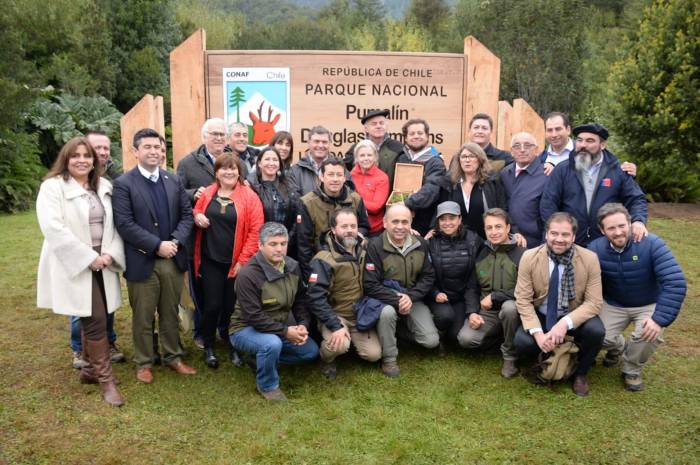
To this end, she and the organization finalized the largest private land donation in history on April 25, 2019. Kristine Tompkins, president of Tompkins Conservation and U.N. Patron of Protected Areas, made the formal handover of Pumalín and Patagonia parks to the Chilean state in a ceremony in Pumalín Douglas Tompkins Park. The two parks are now crown jewels of the Chilean national park system, and I got to visit one of them first-hand.
“After years of work together with Doug and the team at Tompkins Conservation, we have achieved our dream,” said Kristine Tompkins. “The parks that we created with so much love are now national parks which belong to everyone. The real work begins now. Taking care of these parks will not only be the responsibility of the government, but also the work of society, of each one of us, so that this patrimony may be conserved and protected for the future.”
This is what I saw while visiting Parque Patagonia.
Protecting Patagonia
I recently spent a day exploring Parque Patagonia. I found this magnificent wild place as jaw-droppingly beautiful as it’s rumored to be.
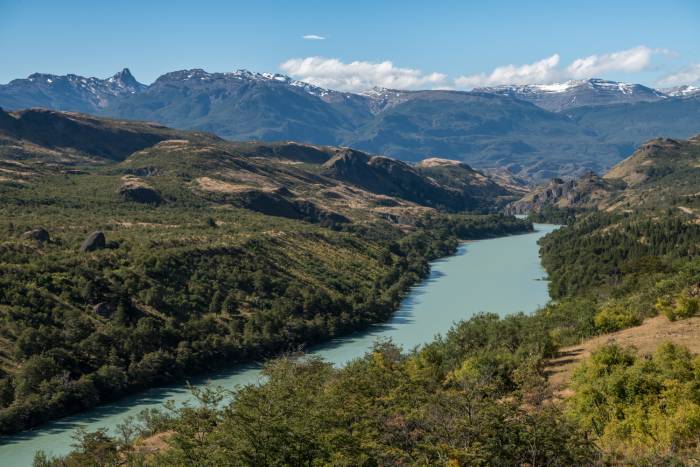
Both parks are within the Patagonia region. With the addition of these parks to the national park system, Patagonia is now home to 91 percent of protected land in Chile. It adds over 1 million acres of protected land to this extremely bio-diverse area.
I was lucky enough to have a quick visit to Parque Patagonia on a 2-month overland adventure throughout Chile and Argentina early this year. I drove through the entire park, on its one gravel road, from west to east. While I only had a day to explore this beautiful landscape, I got a good feel for it.

The first thing you’ll notice is the general absence of any fences, power lines, side roads, or buildings. Those things would just distract from the natural, rugged, remote beauty of the landscape and wildlife.
In fact, there’s no off-trail hiking allowed within the park. Hiking trails are limited at this time but look spectacular and are being developed. This place is like nowhere else I’ve experienced on Earth.
You’re sure to see a lot of llama-like creatures called guanacos on your visit. You’re also likely to see flamingos. While sightings are less likely, you should also keep an eye out for foxes, condors, and pumas.
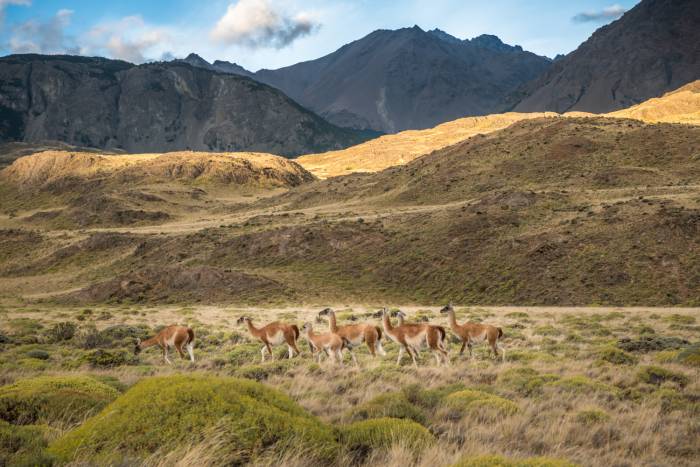
There’s one main building complex that offers up a friendly welcome center, hotel, and fine dining restaurant. The facilities are extremely upscale, and the restaurant requires reservations in advance. There are three organized fee camping areas, and no wild camping is allowed.
The highlight of my trip was a quick 4×4 drive up the one side road in the entire park to the Doug Tompkins Overlook. The road, signage, and overlook itself were still under construction during my visit. The sunset views from the top were breathtaking, to say the least. Of course, it was also crazy windy and cold atop the mountain — as you’d expect in Patagonia.
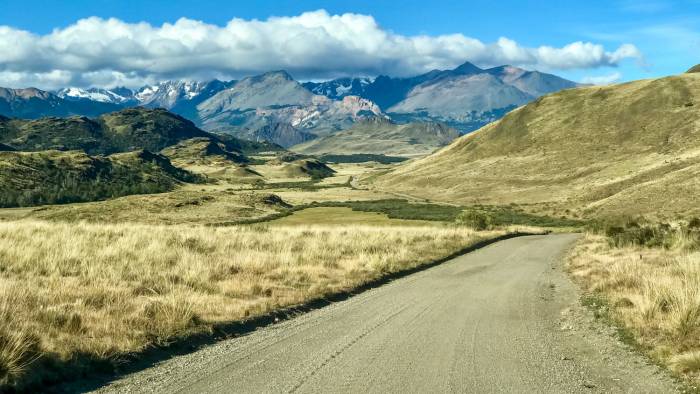
I left Chile on the east side of the park and remote camped along the road in Argentina. Know that this is a super-remote and lightly trafficked border crossing. The guards are friendly on both the Chilean and Argentinian sides. Do note that the border crossing closes at 10 p.m.
Visit Pumalín Douglas Tompkins and Patagonia Parks
I’m already dreaming about going back to Patagonia and finding ways to get even deeper into this rugged, wild landscape. I feel extremely lucky to have been able to experience this place first-hand. I’m even more thankful that Tompkins Conservation has protected this natural area for generations to come.
